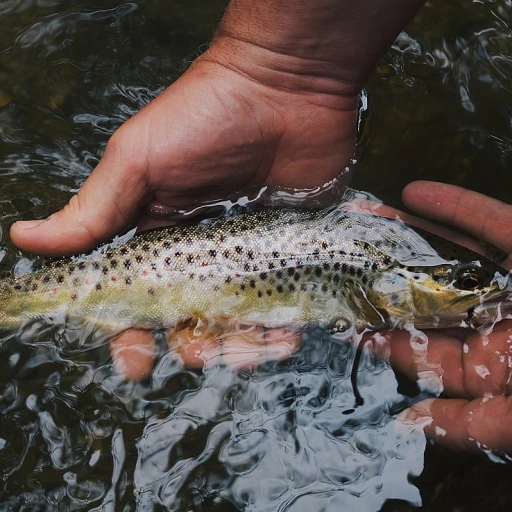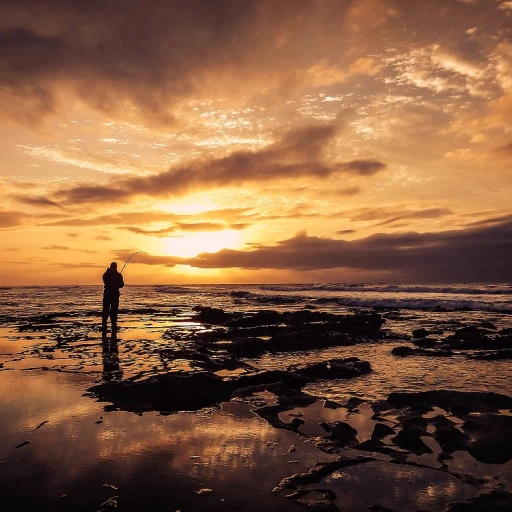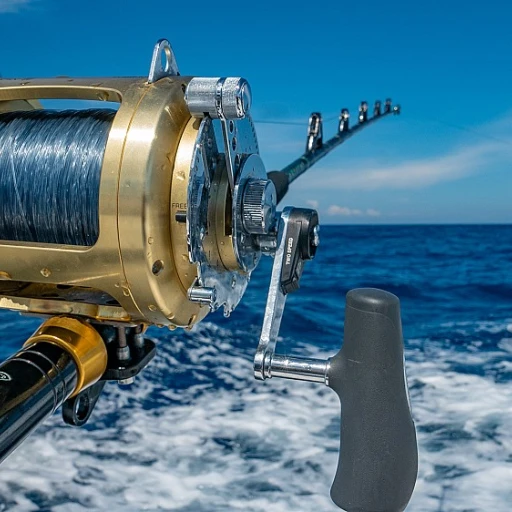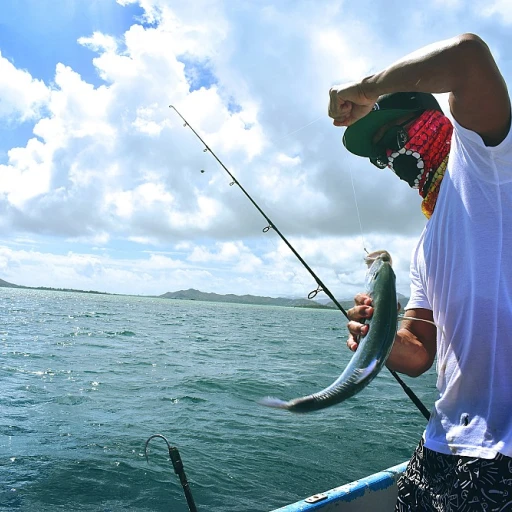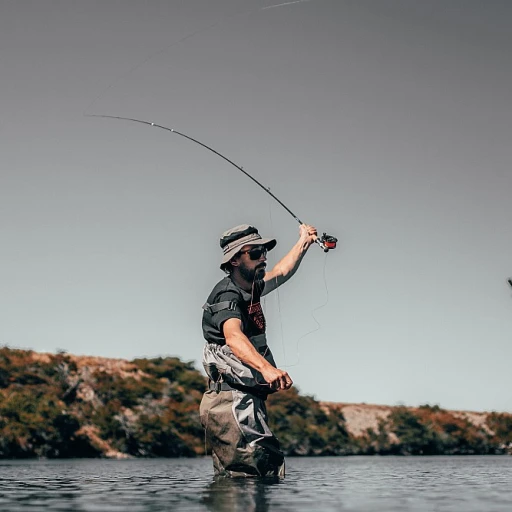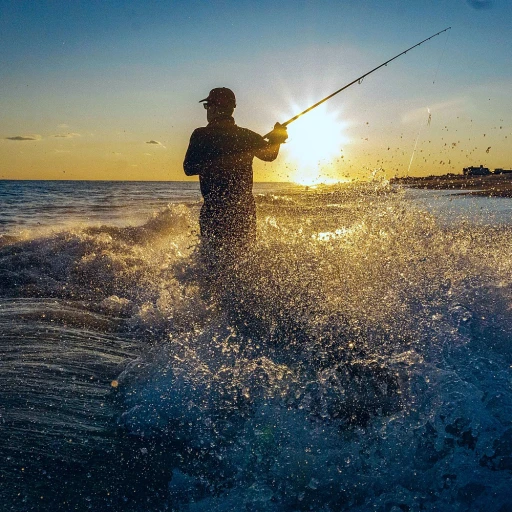
The angler behind the record: Albert McReynolds
Albert McReynolds: the man behind the record
When it comes to world record striped bass catches, one name continues to surge to the forefront: Albert McReynolds. This New Jersey native etched his name into fishing history when he caught a massive striped bass that broke records and dropped jaws.
A monumental catch that stood the test of time
On September 21, 1982, McReynolds was casting his line under the stars on the Atlantic City beaches. After a grueling 78-minute battle, he landed a striped bass weighing in at an astonishing 78 pounds, 8 ounces. This bass wouldn't just be massive; it would go on to set a new world record that's sparked countless fishing tales.
What drove McReynolds to greatness
Fishing experts believe McReynolds' success wasn't just luck. His understanding of the striped bass, patience, and meticulous preparation played a huge role. He utilized a live eel, a popular bait among seasoned anglers, which proved irresistible to the mammoth bass lurking beneath the tidal waves.
The lasting legacy of the record catch
McReynolds' record striped bass catch isn't merely a statistic; it's a story that fuels the dreams of anglers worldwide. It embodies the promise of the unknown lurking in the waters, ready to challenge those who dare to cast their lines. McReynolds’ catch not only broke records, it broke the internet before it existed.
In the entire world of fishing, few stories spark as much intrigue as the tales from that fateful September night. Albert McReynolds didn’t just catch a fish; he caught a legend, and it’s one for the ages. His story continues to inspire seasoned and novice fishers alike, reminding them that the next world record could be just a cast away.
The epic catch: a closer look at the record-setting fish
The monumental fish: breaking down the world record
Albert McReynolds' epic conquest took place on a stormy night off the shores of Atlantic City, where he caught the once-elusive giant. McReynolds reeled in a massive 78-pound, 8-ounce striped bass, setting a new benchmark in 1982. This colossal fish measured 53 inches long with a whopping girth of 34.5 inches.
The conditions that made it possible
The game-changing catch happened during a fierce nor'easter, a time when many wouldn't dare venture out. The tumultuous water and strong winds created ideal conditions for bass, stirring up the smaller prey and luring stripers in. Many experts agree that understanding these patterns, and braving challenging conditions, can lead to significant rewards.
Testimony from McReynolds
Recalling that historic night, McReynolds said, "It was like dragging a tire up from the ocean bottom." He attributes his success not only to experience but to persistence and intuition. He had a sense that big fish were out there, driven by the storm. "You got to feel it in your gut," he added.
The gear McReynolds used
The tackle McReynolds relied on was a 20-pound test line and a Penn Squidder 140 reel paired with a Fenwick rod. The bait of choice? A six-inch live eel. Anglers often argue over the best setups, but it's clear that the right combination of tackle, bait, and know-how paved the way for McReynolds' triumph.
Igfa protocols and precision
When it comes to verifying such an extraordinary catch, IGFA's stringent rules and standards play a crucial role. Every potential world record striped bass must undergo meticulous scrutiny, including the weigh-in on an IGFA-certified scale, measuring the fish accurately, and providing photographic evidence.
Location, location, location: hot spots for striped bass
Fishing hotspots for catching striped bass
If you’re trying to catch a record striped bass, you gotta know where to go. Fish like this don’t just pop up anywhere. A few prime locations have gained a rep for producing monster stripers. Let’s talk hotspots.
1. Chesapeake Bay: This bay is well-known among anglers, and for a good reason. The state of Maryland’s Department of Natural Resources has noted the high number of striped bass caught here, making it a prime spot for bass fishing enthusiasts. Notably, its distinct mix of salt and freshwater creates an ideal habitat for stripers to thrive.
2. Long Island Sound: The waters off the coast of Connecticut and New York are another excellent place to cast your line. Many skilled anglers around here understand that tides and currents in this area play a significant role in striper behavior. Striper fishing here can be particularly fruitful during the summer and early fall.
3. San Francisco Bay: West coast anglers shouldn’t feel left out. The San Francisco Bay area offers quality striped bass fishing. This bay has been the site of numerous significant catches, partly due to its diverse aquatic environment.
4. Atlantic City and Mass Coast: Don't forget the Atlantic coast. Spots like Atlantic City in New Jersey and various coastal locations in Massachusetts are famous for sizeable striped bass. These areas often see high activity during spring and fall migrations.
5. Pacific Northwest: Another less talked about but productive location is the Columbia River in Oregon and Washington. A boat trip down this river could land you a world-class fish.
Best times to fish: Knowing the best times to fish increases your chances. Striper activity in places like these spikes during spring and fall migrations. If you’re using a live eel or other bait, your chances can improve significantly during these peak seasons.
Wondering what soundtrack to play during your fishing escapades? Check out our Ultimate Angler's Playlist for some excellent picks!
The bait and tackle: what works best for stripers
Best bait techniques for striped bass fishing
When trying to land a world record striped bass, selecting the right bait and tackle is paramount. What worked for Albert McReynolds on that fateful night was a simple live eel. Why live eel? Because stripers can't resist them; their natural movement mimics prey that the bass hunt in the wild.
Get familiar with artificial lures
While live eels are a top choice, many anglers also swear by artificial lures like topwater plugs and soft plastics. These lures can effectively mimic various prey, especially in the hands of experienced fishermen who know how to work them. Key experts in bass fishing, such as Greg Myerson, who holds the IGFA world record striped bass title, often rely on such lures in different conditions.
Tackle recommendations from the pros
Experts recommend using medium to heavy-action rods paired with high-capacity reels. This setup ensures you have the strength and control needed when battling these powerful fish, which can often weigh upwards of 50 pounds. High-quality tackle not only increases your chances of a successful catch but also ensures that you can bring the fish in quickly, reducing stress and increasing post-release survival if you're practicing catch and release.
Optimizing your setup for success
Choosing the correct line is just as crucial. Braided lines are popular because they offer excellent strength and sensitivity, allowing you to feel the slightest nibble. Fluorocarbon leaders are essential to prevent break-offs due to the sharp edges of a striper's mouth. Anglers like Albert McReynolds often advise using lines with a test strength of at least 30-50 pounds.
Location-specific bait tips
In areas like the Chesapeake Bay, San Francisco Bay, and Long Island Sound, local bait fish can play a huge role in your success. Knowing what bait fish are prevalent in your fishing location can guide your choice of lure or live bait. In the Chesapeake Bay, for example, bunker (menhaden) and spot are highly effective options.
Mastering the art of presentation
It’s not just about the bait but how you present it. Slow, steady retrieves work best for lures while live baits should be allowed to move naturally. Expert anglers often employ a technique called “chunking”, where smaller pieces of bait fish are scattered in the water to draw in stripers before casting in a larger bait.
Seasonal tips: when to fish for record stripers
Timing matters: targeting stripers by season
Focusing on seasonality plays a huge role in catching record striped bass. According to the Chesapeake Bay Program, spring and fall are the prime seasons for striper fishing due to the legendary migration patterns of these fish. During these periods, striped bass, or Morone saxatilis, move between their freshwater spawning grounds and the saltier waters of the Atlantic.
Spring migration: the hunt begins
As the water warms up in the spring, stripers begin their migration to spawn in freshwater rivers. This is the time when the action heats up, especially in places like the Chesapeake Bay and the Hudson River. It's widely known that bass over 50 pounds are frequently caught during this period. The expert advice is to use live eels as bait during this time, as recommended by Chesapeake Bay anglers.
Fall frenzy: striper blitz
When it comes to fall fishing, the action intensifies as striped bass move back to the ocean. Greg Myerson, a two-time record holder, emphasizes that late October to early November is optimal for catching monster stripers in the Long Island Sound. Myerson's success often came just before sunset, a time when stripers are known to feed aggressively.
Night time fishing: pros' hidden gem
Albert McReynolds, who holds the world record for striped bass caught in Atlantic City, NJ, shared in an interview that he often fished at night. Nighttime can be particularly effective because stripers are nocturnal feeders. Using a variety of baits, such as live eels, during the night increases your chances of landing a trophy bass.
Summer: a different ball game
While spring and fall dominate the striper seasons, summer and winter aren’t completely out of the question. Striper catches have been reported in the deeper, cooler waters of lakes and rivers during summer. Using heavy tackle and focusing on deeper zones can sometimes yield large bass.
IGFA rules and standards: verifying a world record catch
Understanding igfa's rigorous rules
When aiming for a world record striped bass, it’s not just about the size of the catch. The International Game Fish Association (IGFA) has stringent rules and regulations to ensure that every record is verified with precision and detail. This credibility is why the fishing community holds IGFA records in high regard.
Key rules to ensure fairness
When you think of world records, you often picture the biggest, the heaviest, or the longest fish measured in inches. But for the IGFA, the focus is on ensuring a level playing field for all anglers. Here's a glimpse into some critical rules:
- Tackle standards: Your tackle, from rods to lines, must meet IGFA’s defined specifications. This includes limits on line class and the type of hooks used.
- Fair chase: The fish must be caught without any unfair advantage, ensuring no aid from external devices or assistance from another person during the act of catching.
- Immediate weighing: The caught fish must be weighed on a certified scale as soon as possible to ensure accurate weight measurement.
- Documentation: Detailed photos and videos are often required, capturing the entire process from the initial strike to the final weigh-in.
How records are verified
Once an angler believes they’ve landed a potential record striper, the process of verification begins. This is no small feat. Applications are submitted to the IGFA, which then undergo rigorous scrutiny. This involves:
- Reviewing tackle and gear: Ensuring all used equipment aligns with IGFA regulations.
- Witness statements: Having credible witnesses who can attest to the catch’s validity is vital.
- Biological verification: Experts may analyze biological aspects, confirming the species and ensuring no tampering occurred.
Setting the bar high
Setting an IGFA world record is about more than luck; it's a test of skill, patience, and adherence to a rigorous set of rules. This ensures that every record, whether it’s for a striped bass or any other game fish, carries weight and respect within the angling community.
Other legendary striped bass catches
Chart-topping striper from Greg Myerson
If you're talking about legendary striped bass catches, Greg Myerson's name is sure to pop up. In 2011, Myerson set the world record for the largest striped bass caught, the fish measuring an astounding 81.88 pounds. Caught off the coast of Westbrook, Connecticut, Myerson's striper was quickly verified by the International Game Fish Association (IGFA). According to Myerson, he used a live eel as his bait, emphasizing the effectiveness of eels in luring in hefty stripers. Myerson's catch was so extraordinary it even earned him the title of 'The Bass King'.
The remarkable catch by Charles Cinto
Another name etched in the annals of striped bass history is Charles Cinto. Back in 1982, Cinto caught a 78.5-pound striper in the San Francisco Bay. Anglers often note that the Pacific waters offer a unique challenge and reward due to their varied species and tides. Cinto's catch was reported to have been verified by the IGFA, legitimizing its place among the giants.
Memorable stripers of the Chesapeake Bay
The Chesapeake Bay has long been a hotspot for massive striped bass. One of the most famous catches here includes the 67.5-pound striper caught by William Bennett in 1995. Several anglers believe the bay's rich ecosystem provides ideal breeding grounds for these magnificent fish, backed by data from the Maryland Department of Natural Resources suggesting an increase in the striped bass population of the area.
Notable catches in the Atlantic waters
The Atlantic waters are no stranger to enormous striped bass. Besides Greg Myerson's record-breaking catch, there have been multiple notable stripers caught along the eastern seaboard. One standout includes a 72-pound striper caught by Alec Girardi off New York's coast. Leveraging the right tackle and bait, many anglers in these waters have made headlines with their impressive catches.
Stripers in the long island sound
The Long Island Sound is another fertile ground for big striped bass. Stakes hit a new high when Al McReynolds himself landed a 76-pounder right off the Atlantic City Sea Isle City section. This legendary catch not only put him on the map but also spotlighted the potential for record stripers in these waters. Many anglers still recount encountering giants in this area, pointing to McReynolds' epic haul as a historic benchmark.
Conservation efforts: protecting the striped bass population
Current challenges in conserving striped bass populations
It's no secret that striped bass populations face various challenges. Despite significant conservation efforts, factors like overfishing, habitat degradation, and water pollution continue to affect their numbers. According to the Atlantic States Marine Fisheries Commission, the Atlantic coast striped bass population has been experiencing a decline, falling by approximately 20% from peak levels in the early 2000s.
Regulations and their impact
In response to these challenges, state and federal wildlife agencies have implemented stricter regulations to protect striped bass populations. For instance, in states like Maryland and Massachusetts, there are specific size and bag limits intended to prevent overfishing. According to the Massachusetts Division of Marine Fisheries, anglers are currently allowed to keep one striped bass per day, with a minimum size of 28 inches. These regulations have shown mixed results, but they are crucial for the long-term sustainability of the species.
Conservation organizations making a difference
Several organizations are dedicated to the conservation of striped bass. Groups like the Atlantic States Marine Fisheries Commission (ASMFC) and the International Game Fish Association (IGFA) work closely with state agencies, research institutions, and anglers to monitor striped bass populations and enforce regulations. A notable initiative by the ASMFC includes annual stock assessments to gauge the health of these fish and recommend policy adjustments accordingly.
Scientific research aiding conservation
Research plays a critical role in conservation efforts. Studies by institutions like the Chesapeake Bay Program have provided significant insights into the striped bass's spawning habits, migration patterns, and environmental needs. For example, scientists have found that spawning activities are highly influenced by water temperature and salinity, leading to the development of more effective management practices.
Community involvement and sustainable practices
Angler education and community involvement are essential. Programs designed to teach sustainable fishing practices, such as catch and release, are making strides in preserving bass populations. Anglers are encouraged to use circle hooks to reduce mortality rates in released fish, a practice supported by the Ultimate Angler's Playlist from Fishing Magazine.
The role of habitat restoration
Restoring habitats is another key component. Efforts to clean up polluted waters and restore degraded habitats, especially spawning grounds in rivers like the Hudson and the Chesapeake Bay, have shown positive outcomes. Projects funded by state and federal grants aim to create more favorable conditions for the striped bass, ensuring they have the necessary resources to thrive.
Striking a balance
Balancing the interests of recreational and commercial fishing industries with conservation goals remains a complex task. Regular stakeholder meetings and public consultations are part of the ongoing discussion to create a balanced approach, ensuring that striped bass are both enjoyed by anglers and preserved for future generations.
Personal stories of conservation success
A heartwarming example comes from the community of Westbrook, Connecticut, where local anglers have rallied together to clean up their riverbanks and adopt sustainable fishing practices. These efforts have noticeably increased local striped bass numbers, a testament to the impact grassroot initiatives can have.

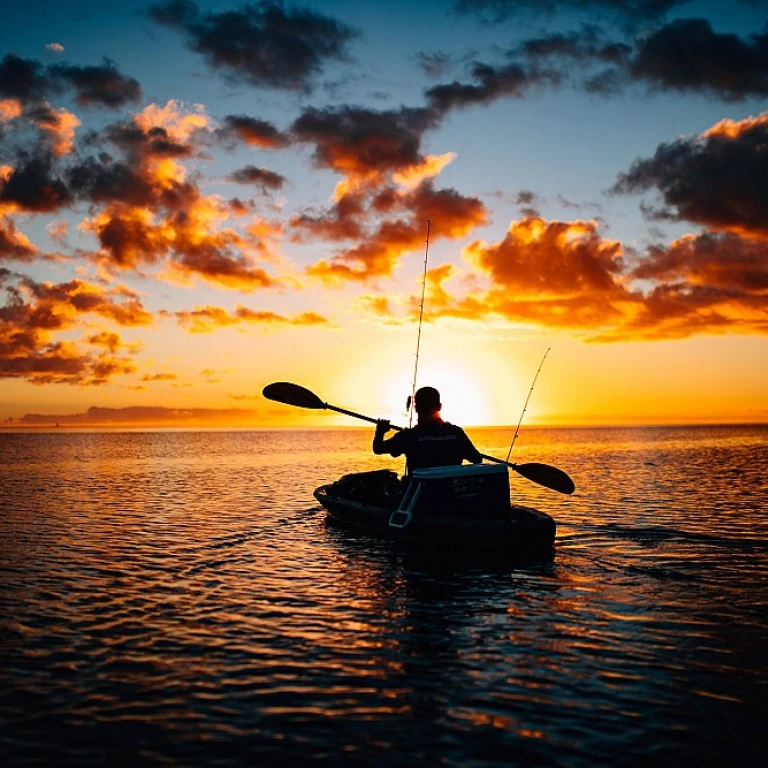


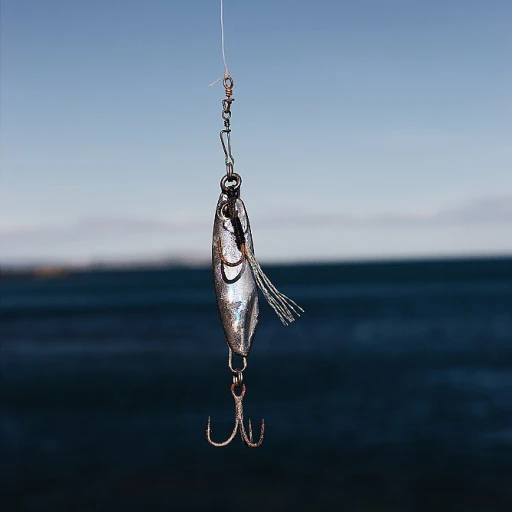
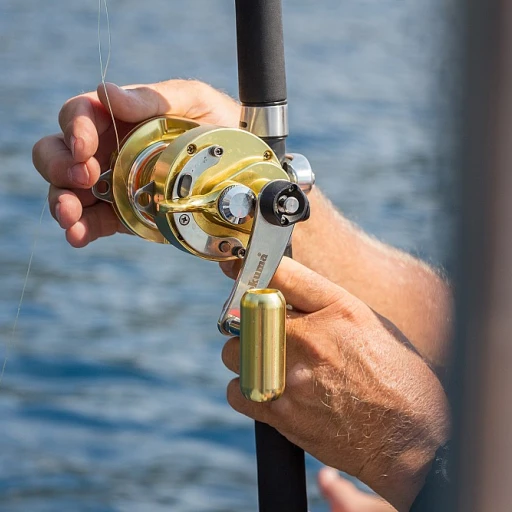
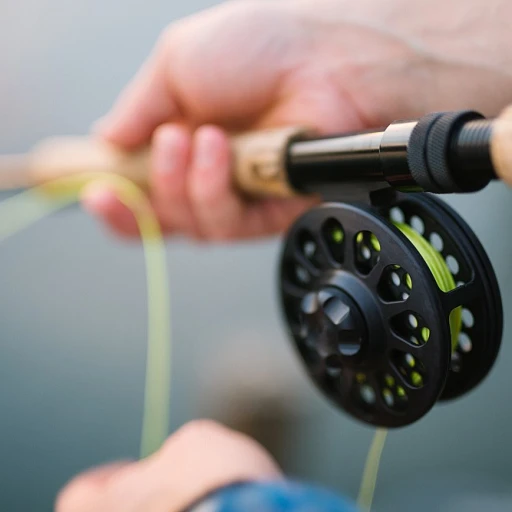
-large-teaser.webp)
